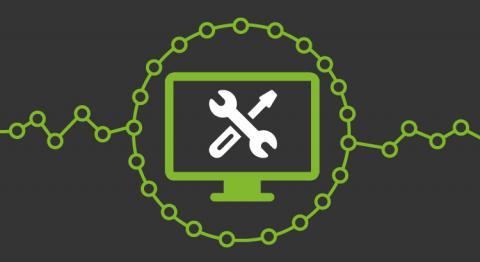Free web monitoring tools
In English, the word “present” has two different meanings: the first one is “now”, as in now that you are reading this article, and also the meaning of gift. There is no misunderstanding here, but there is also the adjective “free”, which can mean free, something that does not need to be paid, or having freedom. Today we will see several free applications that you may use as web monitoring tools.











